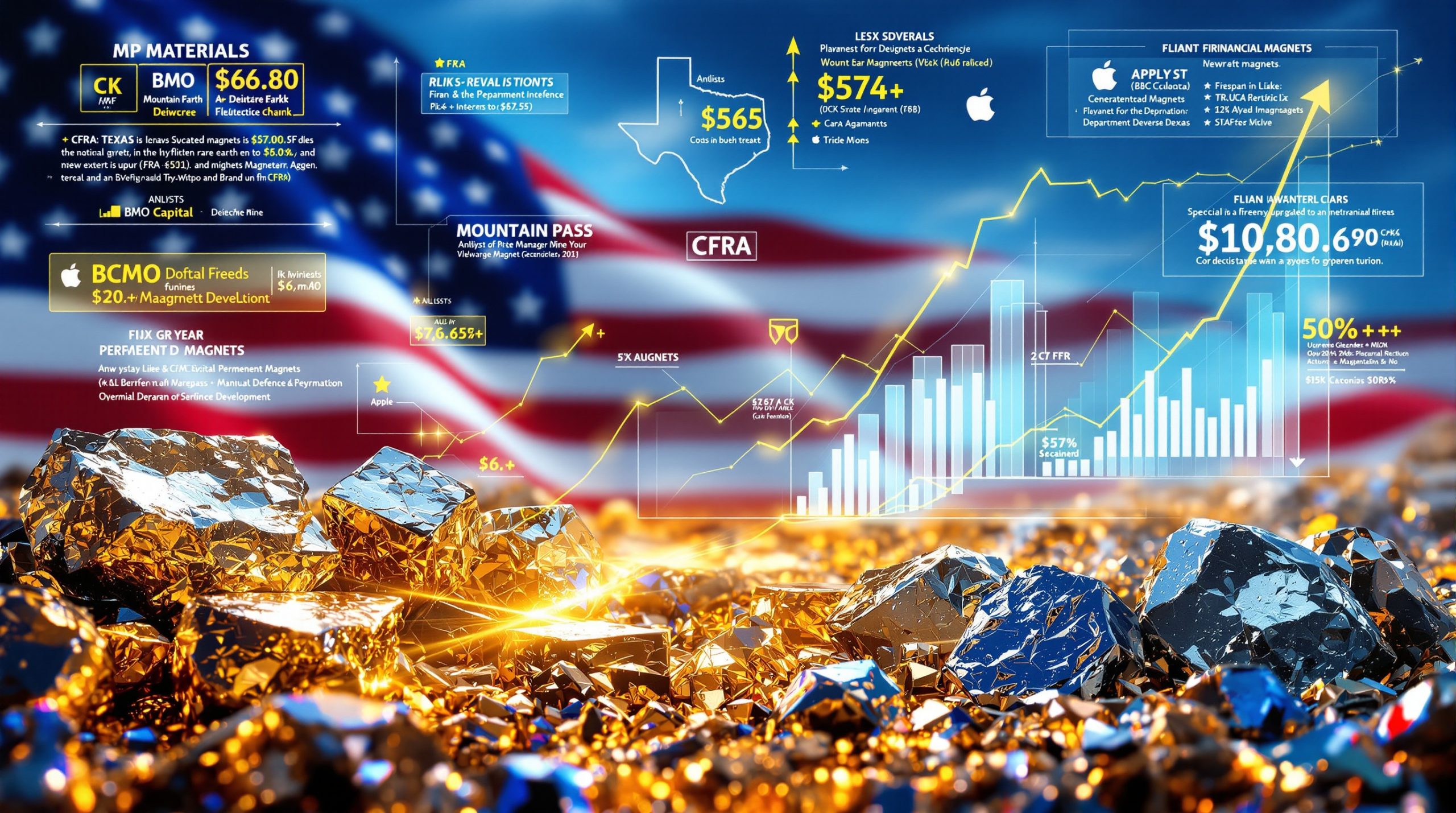Understanding the Current Gold Market Surge
Record-Breaking Gold Performance
Gold prices have surged past $3,250 per ounce, setting a new all-time high and marking a pivotal shift in global financial markets. This precious metal has experienced its strongest weekly gain since 2020, jumping nearly 7% in a single week amid growing economic uncertainties. The year-to-date increase of nearly $600 per ounce demonstrates gold's remarkable resilience in turbulent times.
Daily gains of approximately $100 in recent trading sessions have shocked even seasoned market observers. This performance isn't merely a short-term anomaly—gold has quietly outperformed the stock market for the past 25 years, despite receiving far less media attention than high-flying tech stocks and cryptocurrencies. Many investors are now reconsidering gold ETF strategies as part of their portfolios.
Central Bank Gold Buying Trends
Foreign central banks are aggressively purchasing physical gold while simultaneously divesting from dollar-denominated assets. This strategic shift represents a fundamental transformation in the global monetary system, as central banks actively prepare for a world where the U.S. dollar is no longer the dominant reserve currency.
This acceleration in gold purchases represents a decisive move away from dollar dependence, with China's central bank likely adding euros alongside gold as alternatives. While Western financial media has largely ignored this trend, it has been gaining momentum since 2008, reaching unprecedented levels in recent quarters.
The Escalating US-China Trade War
Current Tariff Situation
The trade tensions between the world's two largest economies have reached new heights. President Trump implemented 145% tariffs on Chinese imports, prompting Beijing to retaliate with 125% tariffs on U.S. goods. Chinese officials have explicitly accused the United States of "economic coercion," signaling a fundamental breakdown in trade relations.
These escalating tariffs have triggered significant market volatility across global exchanges, disrupting established trade patterns and creating systemic shifts in global capital flows. This conflict extends beyond simple economic competition, representing a profound geopolitical realignment with lasting implications. According to recent analysis from Reuters, the gold prices and US-China trade war connection has become increasingly evident to market observers.
Economic Impact of Trade Restrictions
The trade war has severely disrupted traditional supply chains and trading relationships that have been developing over decades. Chinese exporters are actively redirecting their focus from American markets to European consumers, creating new economic partnerships that exclude U.S. businesses.
Agricultural trade has been particularly affected, with South American countries increasingly replacing U.S. farmers as suppliers of soybeans and other staples to China. The significant reduction in U.S. imports is creating domestic supply constraints that could drive inflation higher, while simultaneously accelerating de-dollarization efforts globally.
Market Signals and Economic Warning Signs
Treasury Market Concerns
The U.S. Treasury market is flashing alarming signals, with elevated yields persisting despite market turmoil. Traditional flight-to-safety dynamics have broken down, suggesting foreign investors are increasingly reluctant to purchase U.S. government debt even during periods of market stress.
The U.S. dollar has experienced its worst week since 2022, creating a rare trifecta of simultaneous declines in U.S. stocks, bonds, and currency. This pattern typically occurs during periods of severe economic distress and suggests a fundamental reconsideration of dollar assets by global investors. Consequently, many analysts are updating their gold market predictions to reflect these changing dynamics.
Stagflation Indicators Emerging
Consumer sentiment measurements have deteriorated dramatically, with the University of Michigan's index plunging to 50.8—a level consistent with previous recessions. More concerningly, one-year inflation expectations have jumped to 6.7%, the highest reading since 1981, pointing to entrenched inflation expectations.
Longer-term inflation expectations have risen to 4.4%, more than double the Federal Reserve's 2% target. This suggests the Fed has lost control of the inflation narrative despite aggressive rate hikes. Many Fortune 500 CEOs reportedly believe the U.S. is already in recession, despite official data suggesting otherwise.
Gold Mining Stocks as an Investment Opportunity
Current Valuation of Gold Mining Equities
Despite record gold prices, mining stocks are trading at surprisingly low valuations, with many at single-digit price-to-earnings multiples. Gold stocks have reached multi-year lows relative to physical gold prices, creating a historically large valuation gap between the metal and companies that produce it.
Mining equities have never been cheaper relative to the S&P 500, presenting a contrarian investment opportunity. Gold in the ground (mining reserves) has never been valued at such a discount compared to above-ground gold, suggesting potential for 5x returns in mining stocks guide compared to physical gold appreciation as this valuation anomaly corrects.
Favorable Cost Structure for Miners
The oil-to-gold ratio has reached historically low levels, significantly reducing energy costs for mining operations. Since energy typically represents 20-30% of gold production expenses, this cost advantage translates directly to expanded profit margins for producers.
With production costs remaining stable while gold prices surge, Q1 earnings for mining companies are expected to be strong, with Q2 results projected to be "phenomenal" as the full impact of higher gold prices flows through to bottom lines. Wall Street analysts have largely missed this opportunity, with few major investment banks upgrading their outlook for the sector despite obvious fundamental improvements.
Global Economic Implications
Shifting Economic Power Dynamics
We may be witnessing the end stages of the dollar's seven-decade reign as the world's reserve currency. As this process accelerates, European consumers are gaining purchasing power as the euro reaches three-year highs against the dollar, potentially creating economic winners outside the United States.
Emerging markets may actually benefit from reduced dollar dependency, as their debt burdens (typically denominated in dollars) become easier to service with a weaker dollar. This could create a "debt jubilee" effect, potentially triggering an economic boom outside the U.S. as capital flows redirect away from American markets.
Federal Reserve Policy Challenges
The Federal Reserve finds itself in an impossible position, potentially forced to cut interest rates despite persistent inflation concerns. This dilemma could necessitate a return to quantitative easing (QE) to address growing stress in the financial system, particularly if Treasury yields continue rising.
Any rate cuts could further accelerate inflation and dollar depreciation, creating a self-reinforcing cycle that undermines confidence in U.S. monetary policy. Despite Fed actions to lower short-term rates, long-term interest rates may continue rising, reflecting growing concerns about America's fiscal sustainability.
Investment Strategies for the Current Environment
Diversification Beyond Gold
While gold remains a cornerstone defensive asset, investors should consider broader diversification strategies. Foreign dividend-paying stocks, particularly in energy and basic materials sectors, are showing strong performance as investors seek inflation protection and income.
Energy companies appear particularly undervalued, as markets have incorrectly priced in recession scenarios that may not materialize outside the United States. Emerging market equities, especially those in commodity-exporting nations, are well-positioned to benefit from dollar decline and resource demand. For comprehensive approaches, investors might consider gold and silver strategies that encompass multiple precious metals.
Physical Gold vs. Gold Equities
Physical gold remains a core protection strategy for preserving wealth during monetary transitions. Furthermore, understanding gold as a hedge against inflation and currency devaluation has become increasingly important. However, gold mining stocks offer potentially higher returns in the current environment, with many analysts projecting mining equities to appreciate at 3-5 times the rate of physical gold.
Royalty companies provide exposure to rising gold prices with reduced operational risk, making them attractive for conservative investors. Junior miners with proven reserves but pre-production status offer exploration upside in a rising gold price environment, while major producers with established operations are set to benefit from expanding profit margins as gold prices rise while costs remain relatively stable.
FAQ: Gold, Trade Wars, and Economic Outlook
What is driving the current surge in gold prices?
Gold's dramatic rise is primarily driven by central bank buying as countries move away from dollar reserves, preparing for a world where the dollar is no longer the reserve currency. This trend has accelerated with recent trade tensions and signs of US economic weakness, with central banks adding to their gold reserves at the fastest pace in decades.
How high could gold prices go in this cycle?
According to expert Peter Schiff, gold could reach $4,000 this year, with potential longer-term targets of $20,000 or higher as the dollar continues to lose purchasing power. Since 1971 when the US abandoned the gold standard, gold has increased 100x as the dollar has lost over 99% of its value relative to gold, suggesting the potential for continued appreciation as monetary debasement continues.
Will the US-China trade war lead to global recession?
The trade war is likely to cause a severe recession or even depression in the United States, but may actually benefit other economies as they redirect trade and investment flows. Countries that previously supported US consumption through exports and dollar recycling may experience economic liberation as they develop more balanced economic relationships with each other rather than focusing primarily on the US market.
What will replace the US dollar as the world's reserve currency?
Rather than another national currency taking the dollar's place, gold itself is likely to return as the primary reserve asset, as it was before the Bretton Woods agreement. The world may be moving toward a multi-currency reserve system with gold as its anchor, reflecting the historical norm rather than the dollar-dominated exception of the past 80 years.
How should investors position themselves for these economic changes?
Investors should consider allocating to gold mining stocks, which offer significant upside potential compared to physical gold, along with foreign dividend-paying stocks, energy companies, and emerging market equities. Reducing exposure to US financial assets may be prudent as the dollar's reserve status diminishes, while focusing on tangible assets and companies with pricing power provides inflation protection. Many experts, as reported by CNBC, are recommending increased allocation to precious metals as the gold prices and US-China trade war situation intensifies.
Want to Invest in the Next Major Gold Discovery?
Discover significant ASX gold opportunities before the market with Discovery Alert's proprietary Discovery IQ model, which instantly analyses and delivers real-time alerts on promising discoveries. Explore how historic gold discoveries have generated substantial returns by visiting the Discovery Alert discoveries page and position yourself for success in this remarkable gold market.




